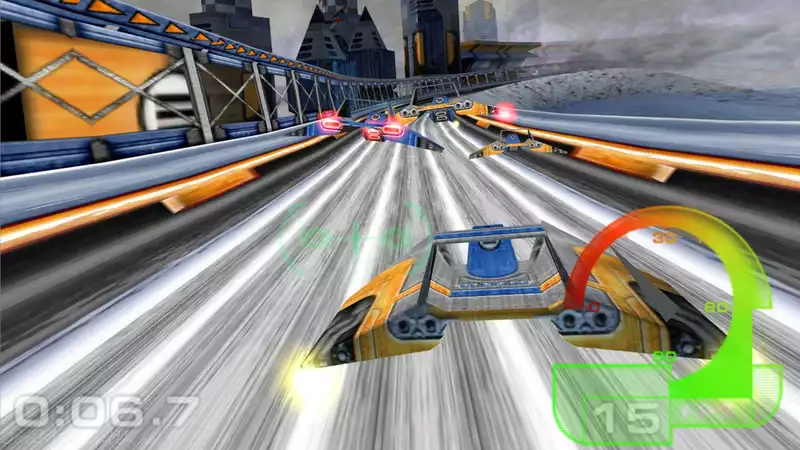Last Thursday, UL Solutions celebrated the 25th birthday of 3DMark, a version of the tool that has been around since the early days of DirectX 6, showcasing the latest graphics features and technologies. While not as ubiquitous as it once was, there is no denying that for a piece of software, two and a half decades of history is an impressive one.
If you have never used 3DMark, it is an application that runs real-time graphics sequences on your PC and uses the recorded frame rates to give your system an overall score. The idea is that the higher the score, the better the system is for gaming, and the results can be uploaded and compared to other PCs with the same hardware.
The version that started it all, called 3DMark99 (even though it was released in 1998), actually used a form of the engine that powered Remedy Entertainment's first 3D game, Max Payne. The following year, it was replaced by 3DMark2000, which used Microsoft's new graphics API, DirectX 7.
This started a trend for creators MadOnion to release a new 3DMark benchmark package with each new version of DirectX. Thus, 3DMark2001 used DirectX 8 to show off the power of vertex and pixel shaders, while 3DMark03 was the first DirectX 9 tool.
The next two releases, 3DMark05 and 3DMark06, were still DirectX 9-based, as the API had just been updated with new shader levels that developers were using in their games. 3DMark's graphics tests became increasingly complex, and CPU tests were 3 updated in DMark05 to better reflect the workloads that processors were subjected to in games.
At this point, one could say that 3DMark's graphics tests began to look less and less like real game scenes. The same rendering techniques were used, but aside from a few short scenes in 3DMark03, nothing resembled a proper FPS test, flight simulator, or real game.
That changed a bit with the 2008 3DMark Vantage. Again, there was no test that resembled a real game, but Futuremark (MadOnion was renamed) used its expertise in graphics programming to create a real game called Shattered Horizon. The global credit crunch that year worked against Futuremark, and Futuremark eventually divested itself of several divisions, with the games division moving to Rovio Software.
In 2014, Futuremark was acquired by UL, a company known for safety testing in the scientific and engineering fields. However, 3DMark continues to exist, and the version available today is actually the same as it was in 2013. The major change now is that 3DMark is not being released as an entirely new package, but simply updated with new tests.
And while UL is to be commended for still hosting all of the original 3DMark programs, the really old ones will struggle to run on modern machines. The oldest is 3DMark03 (which is also my favorite).
In its current form, it is the most versatile to date, with benchmarks covering a wide variety of platforms and levels of hardware. Sure, the graphics tests still don't look like real games, but the basic workload isn't much different. You can also test your gaming PC and check your scores against other users.
Now, you might think that this is something you could do with any game you have and ask people on our forum to see if the performance is what it should be. This is a longstanding criticism of 3DMark, but it is still popular with benchmarkers and overclockers.
More importantly, it is one of the few graphics card tests that does not use a system that favors one vendor over another. That's why we still use this test in our GPU reviews, and who wants to bet whether PC Gamer's hardware team will still be using 3DMark in 2048?


Comments